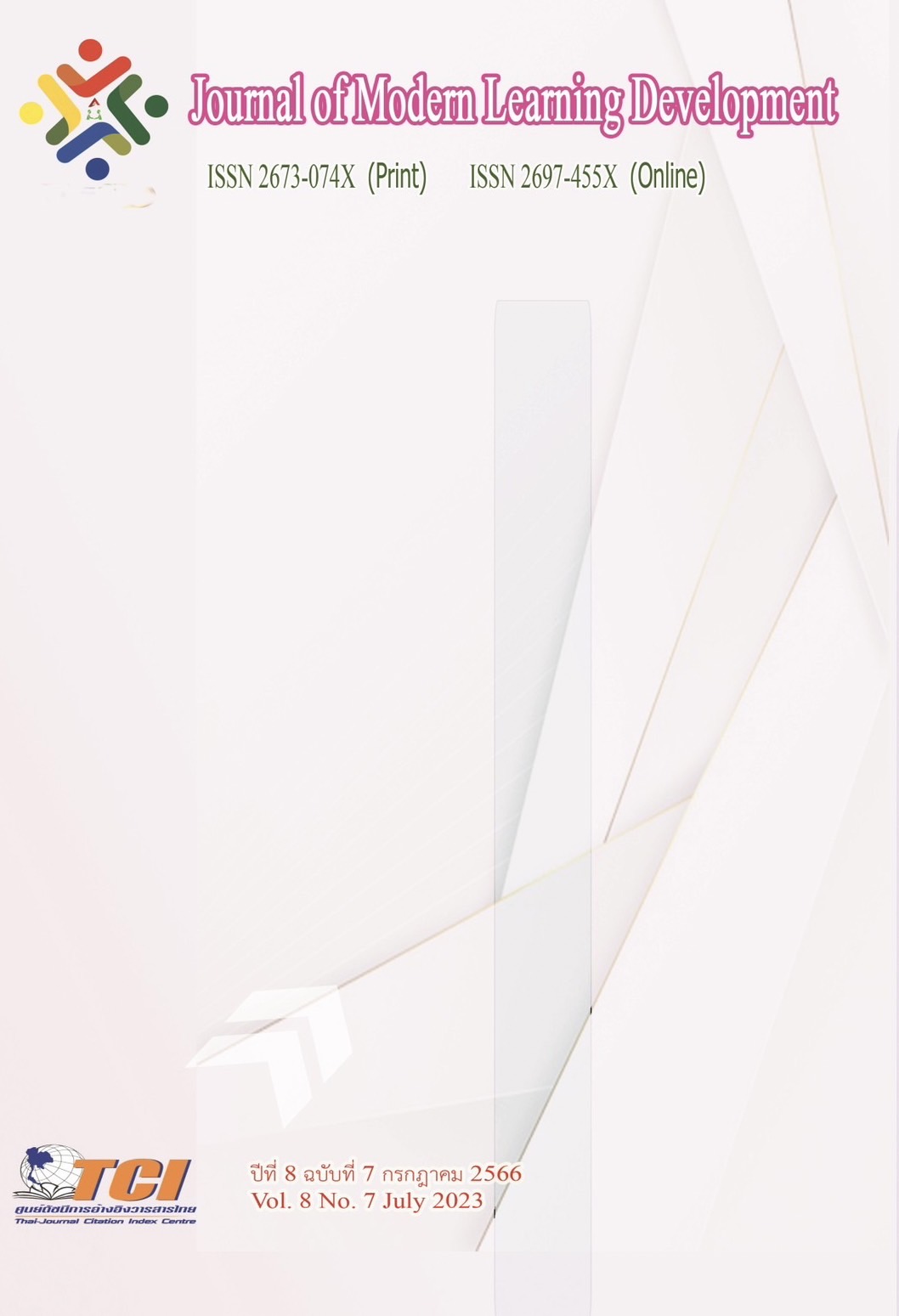Tropical Forest Destruction versus Reforestation Strategies
Main Article Content
Abstract
Rainforests refer to all types of tropical moist forests. Tropical forests are usually characterized by rainfall and temperature. Vegetation in tropical areas that receive loss than twenty inches of rainfall per year consists of scrub brush and thorn woodlands. Broad-leaved deciduous forests (sometimes called moist forests) are found in the area where the rainfall reaches 39-157 inches a year. Generally, rain forests receive between 157 and 393 inches of rainfall per year, and the temperatures are higher, averaging eighty-one degrees F. Most significantly, rain forests have a much more diverse flora and fauna. A typical moist forest will only have half as many species as a rain forest, and a typical dry forest will have only a third as many species as a moist forest.
Article Details
References
Caufield, Catherine. (1985). In The Rainforest: Report from a strange, Beautiful, Imperiled World. New York: Alfred E. Knopf.
Collins, Mark. (1990). editor. The Last Rainforest. Oxford.
Judith S, Scherff. (1991). The Mother Earth Hand Book. New York: The Continuum Publishing Co.
Myers, Norman. (1984). The Primary Source: Tropical Forests and Our Future. New York: W.W.Norton and Co.
Secrett, Charles. (1984). Rainforest: Protecting The Planet’s Richest Resource. London: Russell Press, Ltd.


